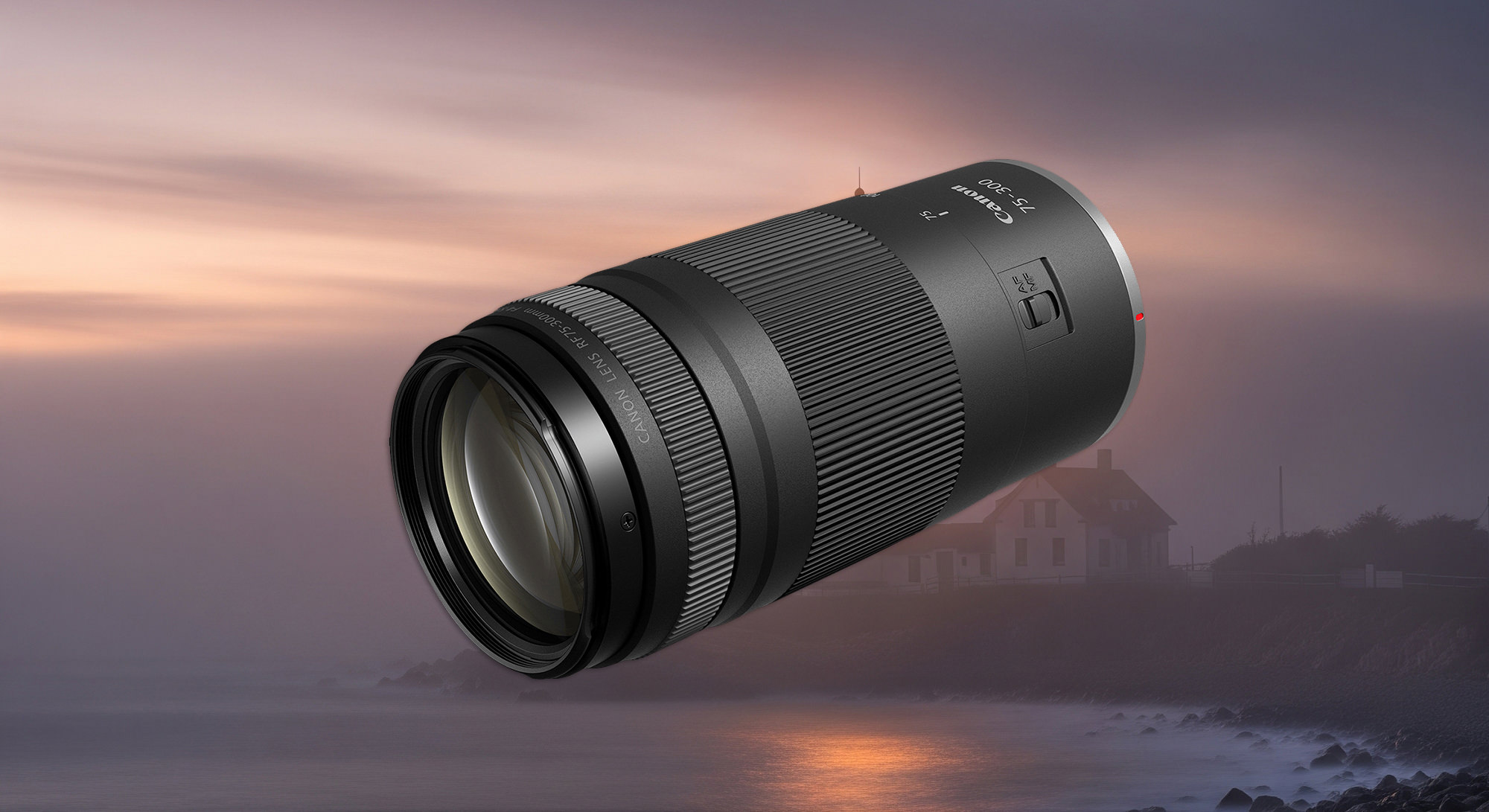
The Canon 16-35mm F2. 8L II USM has been a workhorse for landscape photographers like myself for many years. Although I use this lens nearly every time I head out to shoot a location, I do have sort of a love-hate relationship with it.
The corners are always fairly soft and never seem to get sharp (even after you stop the lens down) and chromatic aberration can be an issue as well (it can be removed through post processing, but at a slight cost to sharpness). Coma is also a pretty big issue with this lens, which makes it a less than desirable choice for astrophotography, but I've always made do and corrected those issues through post-processing.
This lens has impressive corner sharpness and amazing sunstars at very early apertures compared to its predecessor. Seattle, WA.
Photo by Chris Williams
Canon 5DSR, Canon 16-35mm F2. 8L III, 16mm, F11, 1/160, ISO 100
There was always one thing that prevented me from moving on to a wide-angle that outperformed the Canon lens in terms of sharpness, vignetting and CA: the sun star. The sun star that the Canon lens produces is simply jaw-dropping and there are even Photoshop actions that you can purchase to replicate it. That's one of the main reasons that I decided to purchase the lens in the first place and one of the main reasons that I never moved on.
This is an example of the type of sun star that the Canon 16-35mm F2. 8L II produced. This lens is capable of taking some beautiful images, but it definitely did have its faults. This was taken in the Columbia Hills of Washington state.
Photo by Chris Williams
Sony a7r, Canon 16-35mm F2. 8L II
When Canon released the 16-35mm F4L USM a few years back, I have to admit, I was extremely excited because I was hoping that it would lead to the release of an updated version of the 16-35mm F2. 8L. Finally, after years of waiting, the Canon 16-35mm F2. 8L III was announced in Fall 2016.
In this sample image you can see how well the lens handles coma at 16mm shot wide open at F2. 8; this is a huge improvement over the previous iteration of the lens.
Photo by Chris Williams
Canon 5DMK IV, Canon 16-35mm F2. 8L III, 16mm, 1. 6sec, F2. 8, ISO 100
All of the major issues that plagued the previous iteration of the lens have been largely addressed by Canon. The CA is almost non existent, the distortion was handled gracefully and the corner sharpness has improved dramatically at 16mm and beyond. In fact the best performance occurs when the lens is shot wide open at 16mm. Coma was a fairly major issue in the previous iteration of the lens and Canon has reduced it a great deal; so much so that this lens is now an excellent alternative to a fast prime lens for astrophotography. I knew Canon had the engineering to fix the issues with the optics, but one of the biggest questions that remained was; how did the sunstar fair?
Canon 16-35mm F2. 8L III USM Sunstar
Canon 5D Mk IV, 35mm, 1/100, F20, ISO 100
Canon 16-35mm F2. 8L II USM Sunstar
Canon 5D Mk IV, 35mm, 1/100, F20, ISO 100
I was actually pleasantly surprised by the sun stars that the new lens produces. It's much more symmetrical and much cleaner in terms of flare than the previous iteration of the lens. The rays themselves are very clean and defined and very pleasing to the eye. Aesthetically pleasing sun stars are also achieved at much earlier apertures in the updated lens (as early as F10), which can minimize the effects of diffraction. All-in-all we see the changes as improvements, but it really comes down to personal preference.
Sun star aside, I've owned the Canon 16-35mm F2. 8L II for a number of years and the performance wide open has always been a major point of frustration for me, especially in terms of coma, CA and corner sharpness. The update that was made to this lens addresses all of these points and corrects the major issues seen in its predecessor, and it's really quite impressive. The lens is a bit soft in the corners at the long end, but once it's stopped down it does sharpen up quite nicely at focal lengths at and beyond 24mm. The bottom line is that Canon really threw down the gauntlet with this one to get it right and the results speak for themselves. This lens really is a feat of engineering. They always say the third time is the charm, and I couldn't agree more.
See our Canon 16-35mm F2. 8L III
sample gallery
2016-12-26 13:59









